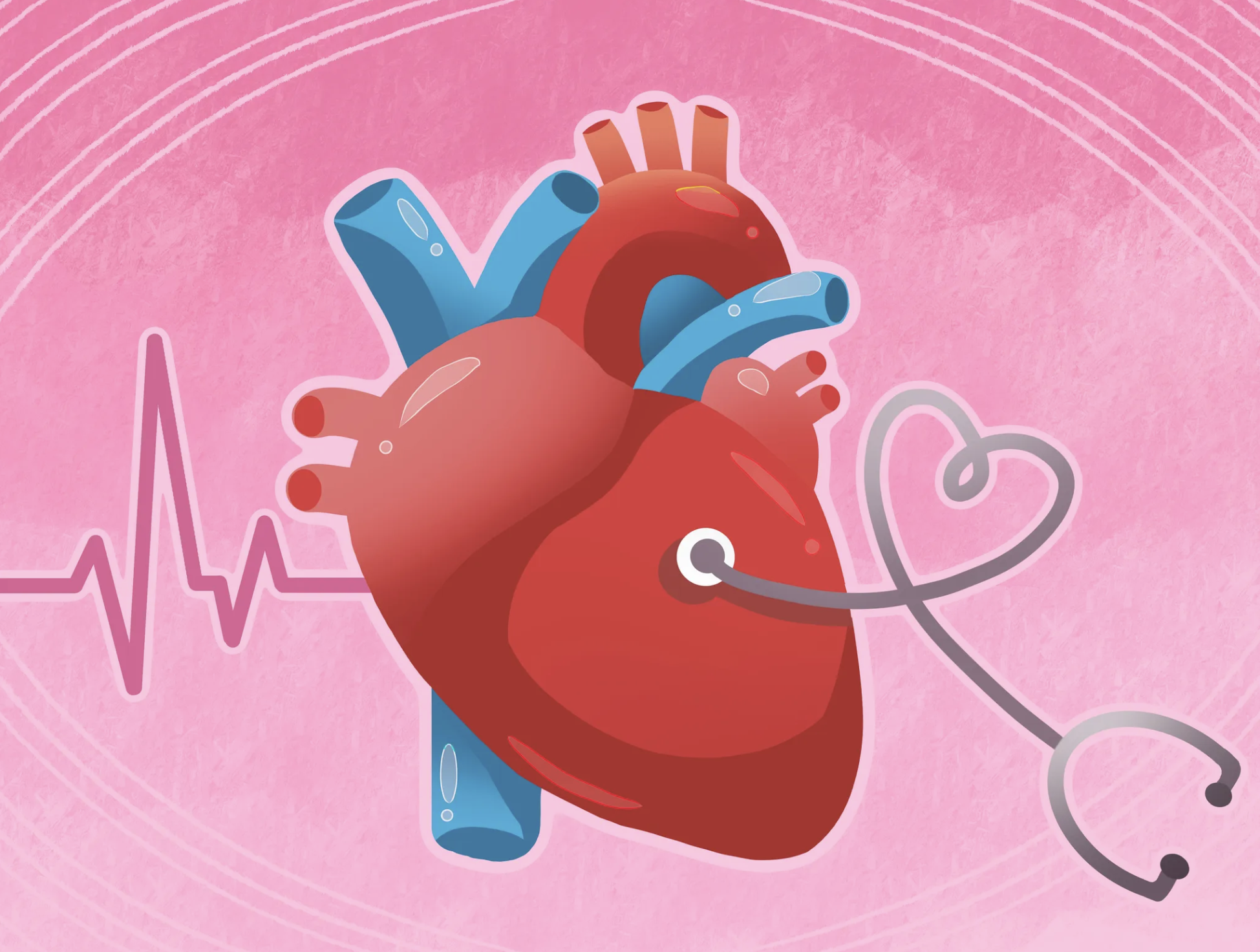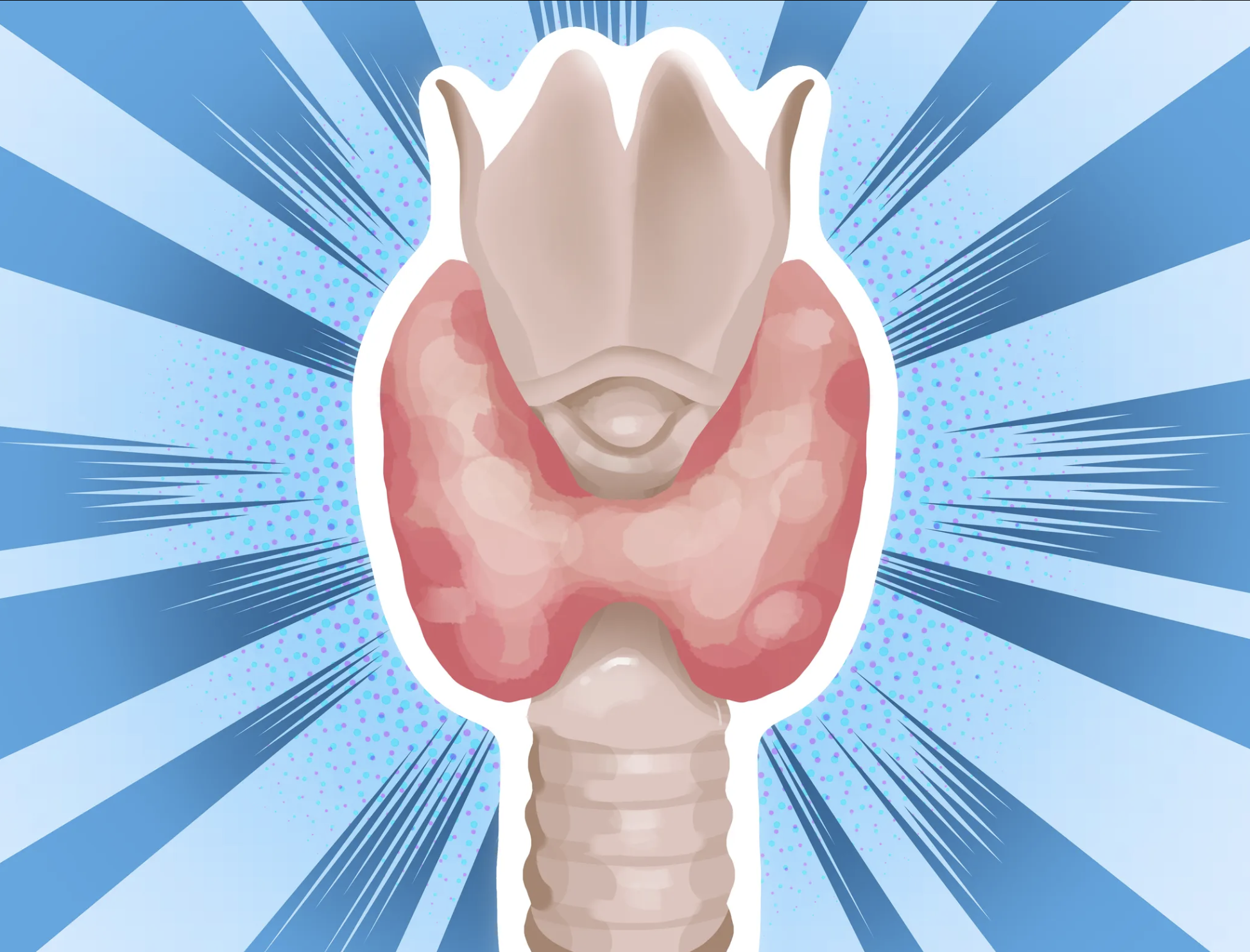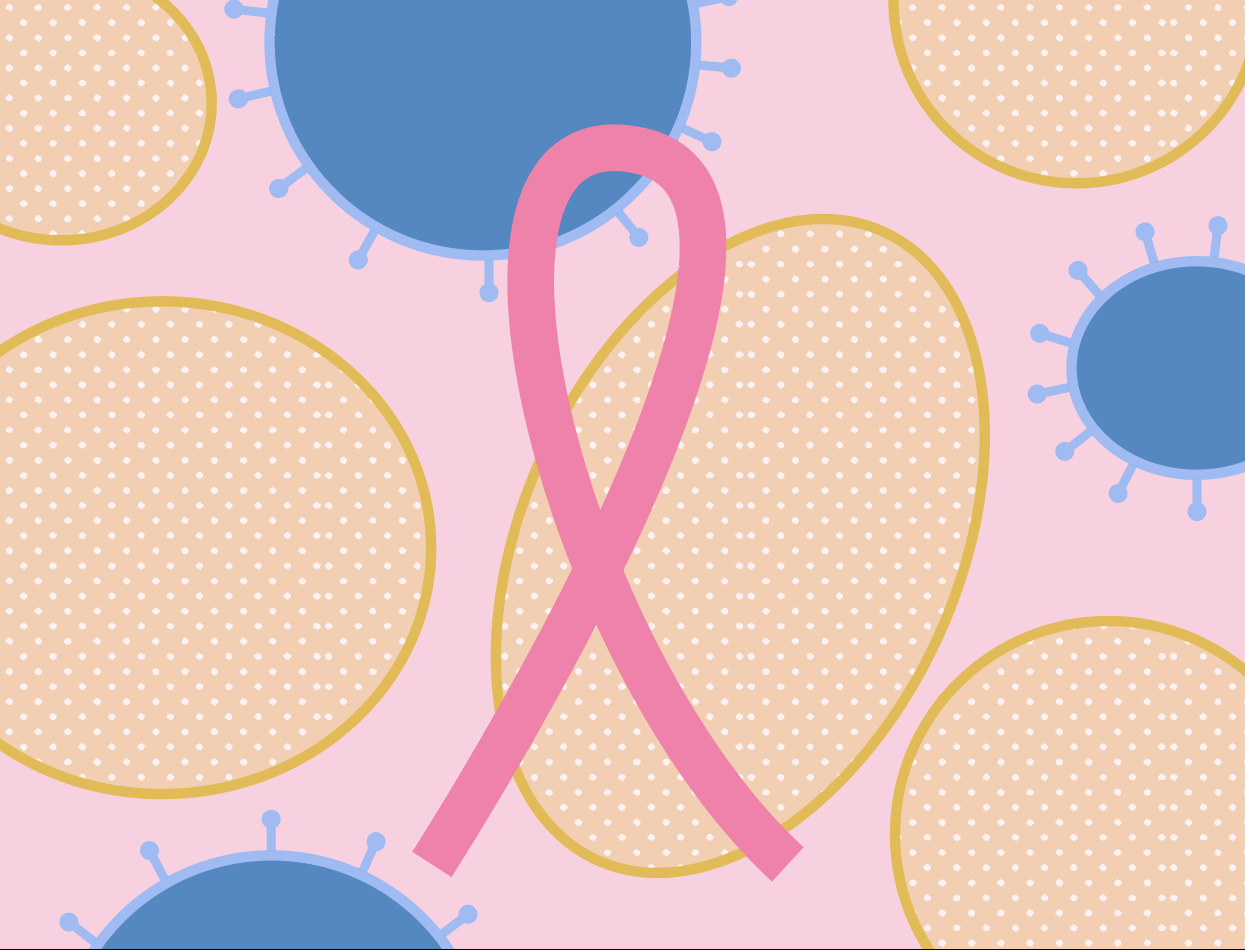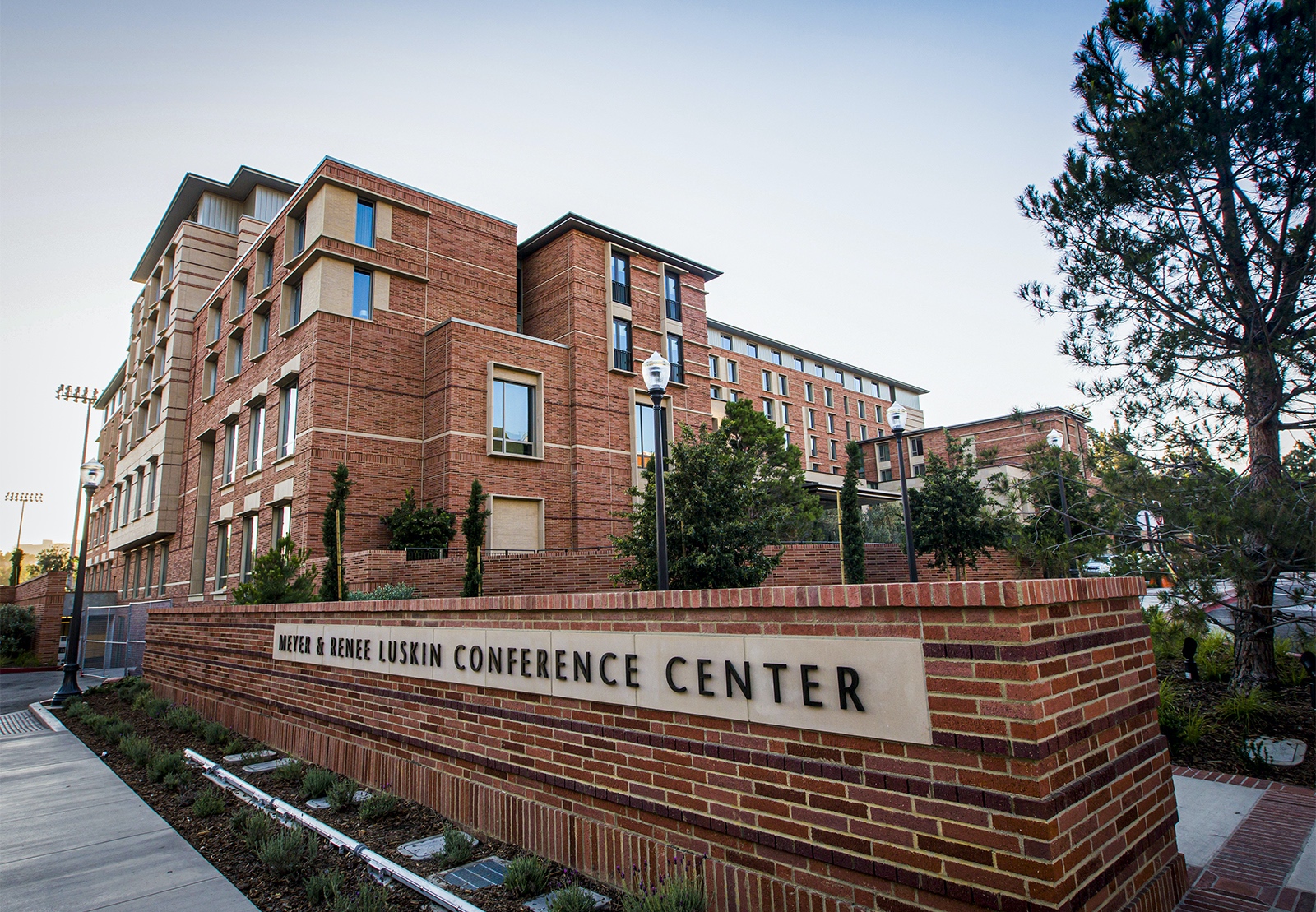Q&A: UCLA cardiology chief Dr. Priscilla Hsue talks heart disease, cardiovascular care

(Valerie Liman/Daily Bruin)
By Savan Bollu
Feb. 28, 2025 9:05 p.m.
Dr. Priscilla Hsue, the chief of UCLA’s Division of Cardiology, sat down with News contributor Savan Bollu to discuss cardiovascular disease symptoms, risk factors and novel treatment options during American Heart Month in February.
Hsue, a professor of medicine at the UCLA David Geffen School of Medicine, moved to Los Angeles from San Francisco in July, transitioning from her role at UC San Francisco.
This interview has been edited for length and clarity.
Daily Bruin: What are common symptoms and risk factors of heart disease, especially those that people may be less aware of or tend to overlook or dismiss?
Priscilla Hsue: The common things would be substernal chest pain, possibly radiating through the arm into the neck, associated feelings of sweatiness, … nausea (and) shortness of breath. Sometimes, it can happen with exertion, and it might get better with rest.
I’ve had some patients present very atypically. They, especially women, may have signs or symptoms that are not classically what you think would be a heart attack. I’ve had individuals say, “Oh, I felt like I was coming down with the flu. I thought I was going to pass out. I felt stomach pain.” I just want to point out that every individual can experience something differently.
DB: What are some of the most important steps students and young adults should take for early heart disease prevention and detection?
PH: When you’re young, just healthy habits. Avoiding all sorts of cigarette smoking (and) illicit drugs is very critical. Maintaining a healthy lifestyle, particularly with diet and exercise, is very important. Getting regular health care, like checking blood pressure, routine labs – including (for) markers of diabetes, and then when you get a little bit older, cholesterol – that’s important. I think taking into account the family history – is there a family history of cardiovascular disease or not? That would be very critical.
DB: What are some common misconceptions about heart disease or risk factors?
PH: One of them would be once you have this risk factor, there’s nothing that can be done. I actually think it’s the opposite – that the earlier that we know that you have high blood pressure, for example, medications can be used to treat it, and that lowers your risk of a cardiovascular event.
A lot of individuals, because of worry or anxiety or concern, don’t seek care right away. That is actually the opposite of what you should do. When you’re starting out with symptoms, cardiologists call it “door-to-balloon time” … of 90 minutes. That means, once you hit the door to the emergency room and you’re having a heart attack, we should be opening up that vessel and restoring blood to your heart within 90 minutes. That’s because lots of studies have shown that that’s the critical period of time that if the blood can be restored, individuals are more likely to live longer and less likely to have structural heart disease.
When I was growing up, I felt like my parents were very afraid to seek medical care and always tried to delay things or put things off. This is really one of the times you don’t want to do that because it makes all the difference in your long-term outcome.
DB: How do social determinants of health influence cardiovascular disease?
PH: I’m still learning what it means here in LA, and I’m guessing it’s very complicated and diverse, much like LA itself. But even in San Francisco, there have been multiple studies to show that individuals who have low education, low yearly income and/or are homeless (or) individuals who are not English-speaking may suffer from concurrent psychiatric illness or concurrent illicit drug use. Those individuals all have worse outcomes.
We have many individuals who do not get regular health care, and so they would have years of untreated high cholesterol, high blood pressure and diabetes, which all come together to increase your risk for cardiovascular disease. … These things are all super complicated, but they all play together to impact the access to medical care, taking of medicines and your outcomes.
DB: How does UCLA Health ensure that cardiovascular care is accessible and inclusive for both diverse populations and marginalized populations, especially groups that may have a disproportionate burden of heart disease?
PH: UCLA Cardiology is very active not only in the Westwood area but in communities throughout the greater Los Angeles region. We have a variety of health care providers who work closely with the community and work closely for individuals of all backgrounds to provide access to care.
For example, our heart transplant program is very proactive in considering transplants for all individuals, many of whom may not be considered or have been turned down at other institutions. The health care system here does provide access to very detailed health care, whether it’s for congenital heart disease (or) atherosclerosis, regardless of the patient’s background or their socioeconomic status. They are very proactive in trying to help individuals from all backgrounds, including (having) individuals who are interpreters to be able to help bridge that gap (and) also having a strong social work team to help families with all aspects of medical care.
UCLA is also affiliated with different county hospitals. … We have some cardiologists who are also doing some work at LA County, and we also have the Veterans Hospital, so that really diverse catchment area helps us provide care for all individuals.
DB: What are your goals in your new role as chief of cardiology at UCLA Health?
PH: I definitely would love to continue to build upon the excellence that’s already here at UCLA Cardiology, to make this program one of the top, premier academic programs for cardiology in the country. That includes not just clinical care, but attracting the best fellows (and) the best faculty and really broadening the research operation to include more clinical and translational studies.
DB: Where do you see the future of cardiology heading, and how might these changes impact patient care and outcomes?
PH: In the future, there’s going to be more potential gene editing studies, which would again be that one infusion to cure heart disease. … There could also be more personalized medicines – maybe getting your blood drawn, assessing different markers, looking at your risk of disease, and then personalizing either the diagnosis of the disease or the treatment of the disease to you specifically, whether that’s using a novel biomarker or gene therapy. With the explosion of new cardiometabolic medicines, there’s going to be a renaissance period of medications and therapies to try to reduce cardiovascular disease risk that I think will be super exciting in the future.
But with all medications, there’s always side effects – that’s what we’re still learning about. And then, of course, some of these things are very expensive. Gene editing is super expensive, and it’s going to be harder and maybe different to take than a tablet. I think those will be challenges, but exciting things in the future as well.




